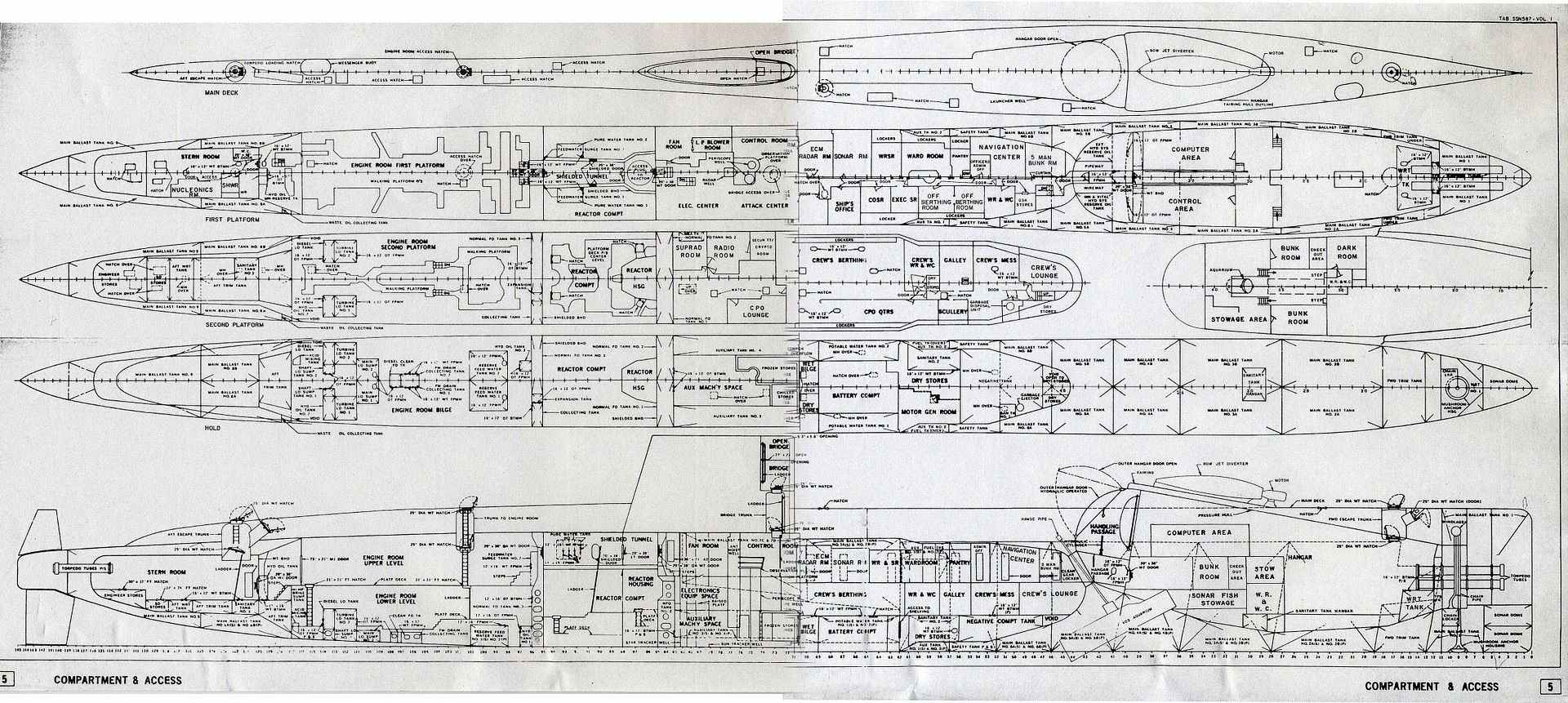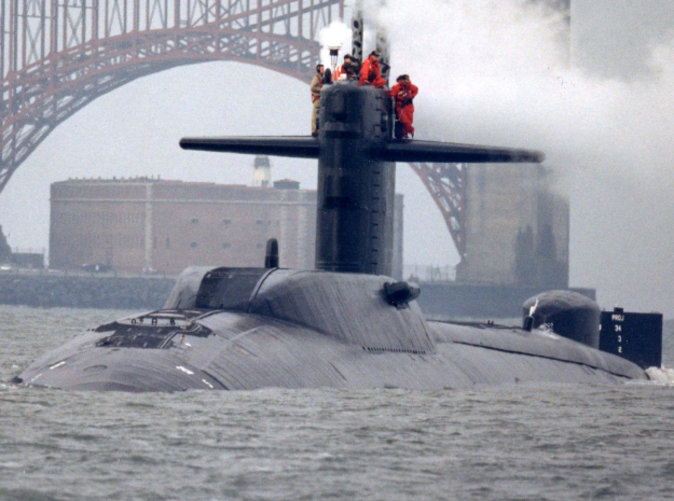My attempt at deciphering various hints. Thanks to members here who helped get it this far.
Reasonably comfortable it's broadly correct but waiting for someone to tel me where it's wrong. There are a few things I left out and some artist licence of course.

Write up http://www.hisutton.com/USS_Parche.html
Reasonably comfortable it's broadly correct but waiting for someone to tel me where it's wrong. There are a few things I left out and some artist licence of course.

Write up http://www.hisutton.com/USS_Parche.html


Comment